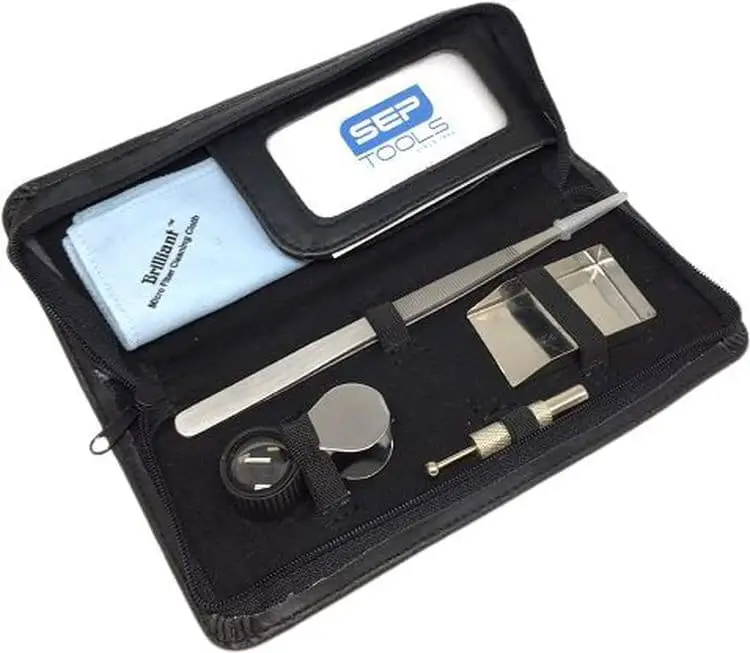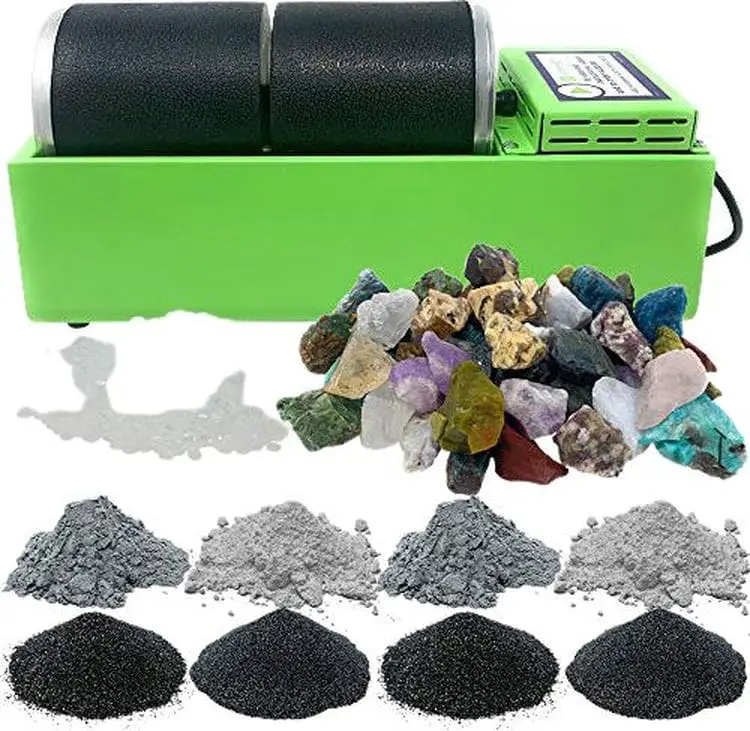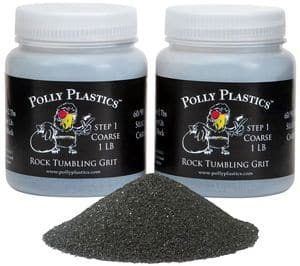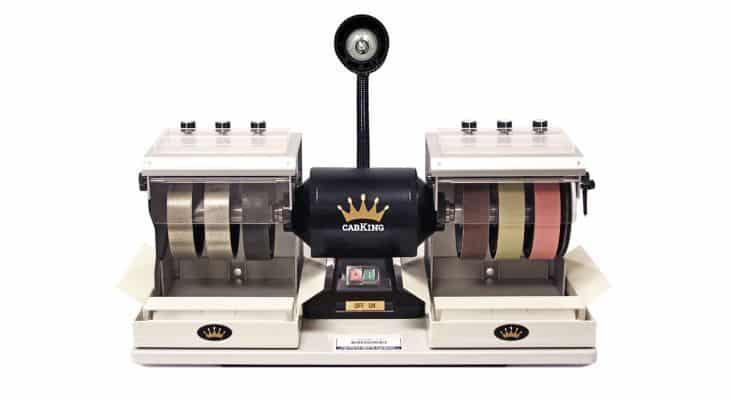Have you ever found a beautiful rock, only to be unable to identify it? There are many reasons why people want to know what type of minerals they have found. One reason is that some stones are valuable and others can help diagnose medical conditions. That’s where gemstone identification kits come in handy! These kits allow you to find out exactly what type of stone you have found within minutes, so the next time you pick up a weird-looking rock on your hike, don’t throw it away without first giving it a try!
Gemstone identification kits
There are many different types of gemstone identification kits on the market, but they all work similarly. The kit usually contains a booklet with pictures of different types of gemstones, as well as a few specimens of each type. You will also need a magnifying glass to examine the stones closely.
To use the kit, first identify the type of stone you have found. This can be done by looking at its color, size, and shape. Next, find the corresponding picture in the booklet and compare it to your stone. If you are still not sure, take a look at the specimen in the kit and see if it matches yours.
What is included?
These kits usually include pictures of common gems found around the world, along with brief descriptions about each one. This will give you an idea of what your stone might be worth or whether it has any medicinal uses! However, there are many kits available, so make sure you check if your particular kit includes all of the examples mentioned.
Some kits also come with a loupe to help you get an even closer look at your stone. This is especially helpful when identifying smaller rocks or gems! You can then either keep the sample in the box for future use or go out and find more rocks to test!
Some kits may include the Chelsea filter – a dichromatic optical filter used to identify natural gems. Hold the filter an inch or two from the eye and view the unknown mineral in transmitted light. The red end of the filter will be on the left side and the green end on the right. If your stone looks different colors when you view it through the Chelsea filter, then it is likely a synthetic or man-made gemstone.
Polariscope is used for determining the birefringence of a gemstone. Look at your unknown stone through the polariscope and rotate it slowly while looking for double refraction. If you see two images become visible, then the stone is birefringent and not a natural mineral (e.g., cubic zirconia or synthetic spinel).
Dichroscope allows you to determine the pleochroism of gemstones. If you find that your stone appears in different colors when viewed from different angles, then it is likely a dichroic material (e.g., labradorite).
The refractometer will show you the index of refraction (weighted by the wavelength) for your unknown mineral. If you measure a number greater than that listed in the table, then it is likely man-made or synthetic gemstone.
Tips
Keep in mind that most mineral identification kits will only identify common stones found around the world. If you find something very rare or unusual, then you may need to seek out a more advanced kit with specialized equipment.
Another thing to remember is that certain gemstones can be identified by their fracture (e.g., quartz), streak (e.g., feldspar), or hardness (e.g., diamond). You can test these properties using a combination of household supplies and specialized kits available online or at your local science store!
Finally, if you find an unknown stone that has two different colors under the Chelsea filter, pleochroism in the dichroscope, and refractive index greater than the listed value in the table, then it is likely a synthetic or man-made gemstone. Congratulations! You have just identified your very own diamond!
FAQs
What if I don't have a magnifying glass?
If you do not have access to a loupe, then you can also use the naked eye or simply turn on your phone's flashlight feature. If it is still difficult for you to study the gemstone surface without magnification, then consider purchasing an inexpensive microscope online.
How does refraction work?
When light passes from one medium to another, it changes speed. This change in speed causes the light waves to bend or refract. The degree of bending is determined by the difference in the density of the two media and the angle at which the light enters into the second medium. When you look through a magnifying glass or microscope, you are seeing the light waves bending as they pass through the lens. This is what causes things to look bigger or closer!
What if I don't have a polariscope?
If you do not have access to a polariscope, then you can use the Chelsea filter as an alternative. The red and green ends of the filter will be on opposite ends of the stone. If you see two images, then your unknown is likely a man-made or synthetic gemstone!
What if I don't have an index refraction table?
If you do not have access to an index refraction table, then test for birefringence using a polariscope. If you see double images, then your stone is birefringent and not naturally occurring.
What if I don't have a dichroscope?
If you do not have access to a dichroscope, then use the Chelsea filter instead! The blue end of the filter will be on one side of the unknown gemstone while red is on the other. If you see two different colors, then your stone is dichroic and not naturally occurring!
What if I don't have a refractometer?
If you do not have access to a refractometer, then test for the index of refraction using a polariscope instead. Simply rotate one side of the unknown mineral toward the light source. If you see double images, then it is likely that your mineral has a higher index of refraction than listed in the table and maybe man-made!
Final Thoughts
If you’ve ever found a rock and wondered what it was, then you will love these gemstone identification kits. You can tell if the stone is man-made or natural within minutes with one of these gems. There are many different types on the market, but they all work similarly so don’t worry about which to choose. Just try one out and see how great your results are!
Have you identified the obsidian? Try to cut it!





I have a stone that I can not identify. It’s basic colour is brown, it has metal/crystal in colours of silver and goal. In different angles they appear as crystal. This stone cams with a batch of stones I purchased from the USA a couple of years ago. Can you help in identifying this stone?
It can be brown jasper or brown tourmaline with sparkles.